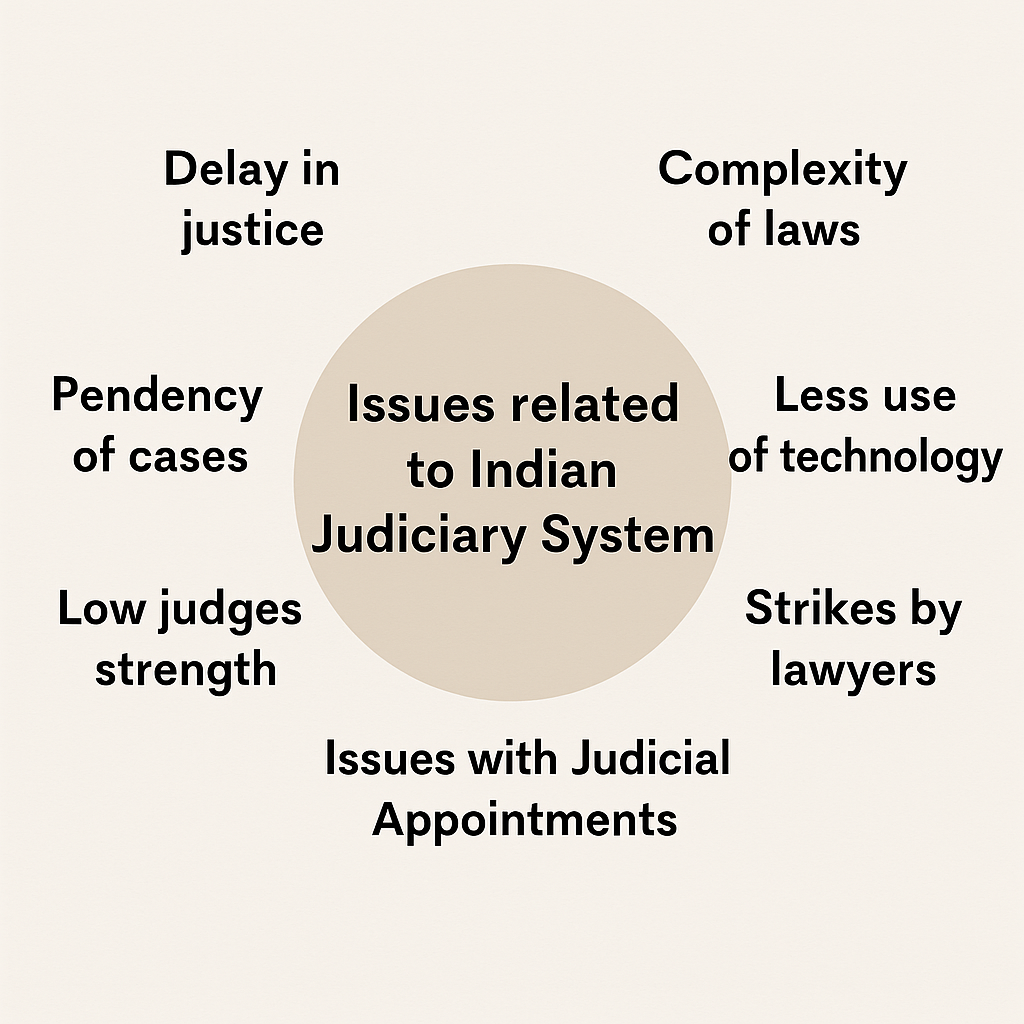Table of Contents
Context: Despite clear judicial rulings, enforcement remains lax.
More in News
- NGT’s order on banning air horns in Jaipur between 10 p.m. and 6 a.m., has remained unimplemented even after two years, causing continued public distress.
Reasons Behind Ineffective Judicial Orders
- Lack of Implementation Planning: Judicial bodies often pass orders without ensuring they are realistic or practically enforceable.
- Poor Coordination Among Agencies: Agencies like police, pollution control boards, and transport departments fail to work in sync to carry out directives.
- Perception of “Minor” Violations: Enforcement agencies often deprioritize orders they see as low-impact, like noise pollution controls.
- Circumvention of Orders: As seen in the liquor ban case (State of Tamil Nadu v. K. Balu, 2017), state authorities found loopholes, like reclassifying roads, undermining the original intent.
- Lack of Accountability: There’s no direct accountability mechanism to ensure implementation officers follow through.

| 📜 Previous Instances of Ineffective and Effective Enforcement |
⚠️ Ineffective Enforcement
✅ Effective Enforcement
|
What Needs to Be Done (Way Forward)
- Judicial Foresight in Framing Orders: Courts must anticipate practical hurdles during decision-making to ensure enforceability.
- Designate Accountability Officers: Appoint compliance officers in every department to oversee and report implementation.
- Tech-enabled Monitoring: Use digital tools for real-time tracking of orders and automatic reporting systems for updates.
- Public Awareness Campaigns: Engage citizens through awareness drives and encourage them to report violations.
- Eg., In Kathmandu in Nepal, strict enforcement of noise control measures, combined with public awareness campaigns, has led to remarkable change.
- Inter-agency Collaboration: Mandate joint task forces between police, transport, and local bodies for smoother implementation.


 SLAPP Suits: Meaning, Examples, Impact o...
SLAPP Suits: Meaning, Examples, Impact o...
 Finance Commission of India, Articles an...
Finance Commission of India, Articles an...
 High Number of Pending Cases in Supreme ...
High Number of Pending Cases in Supreme ...

























